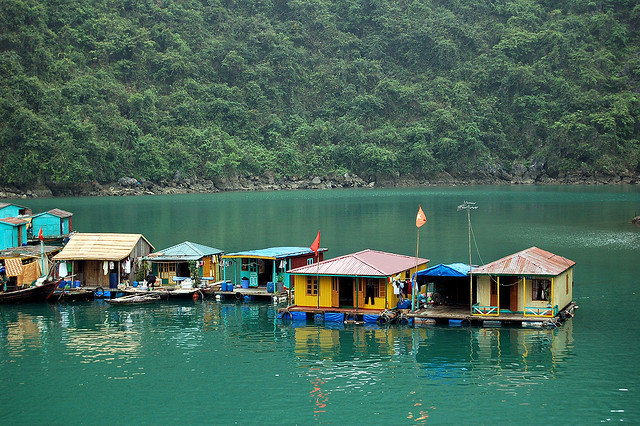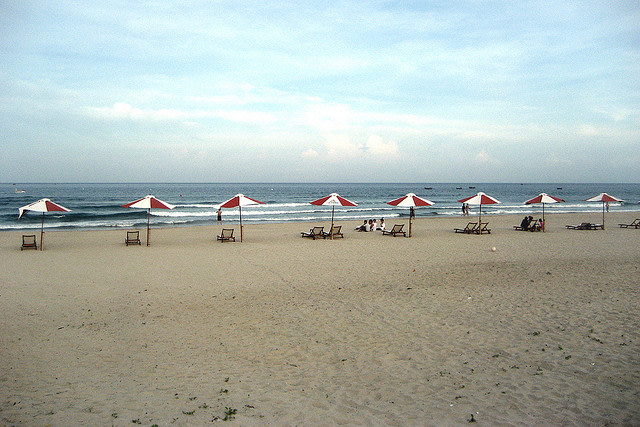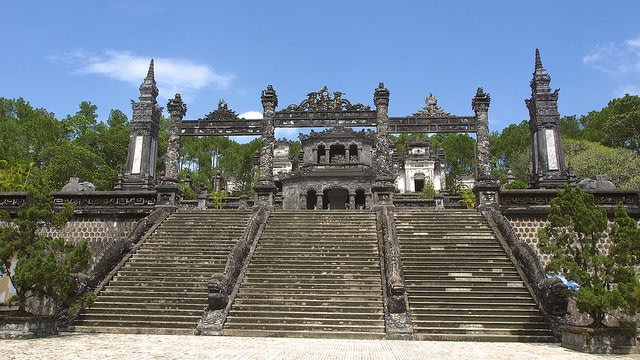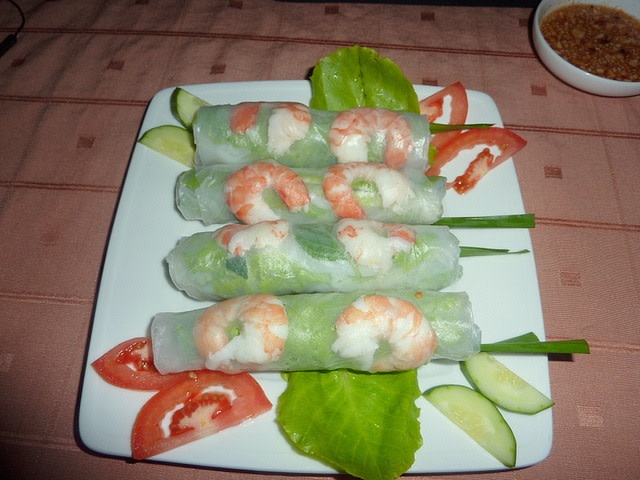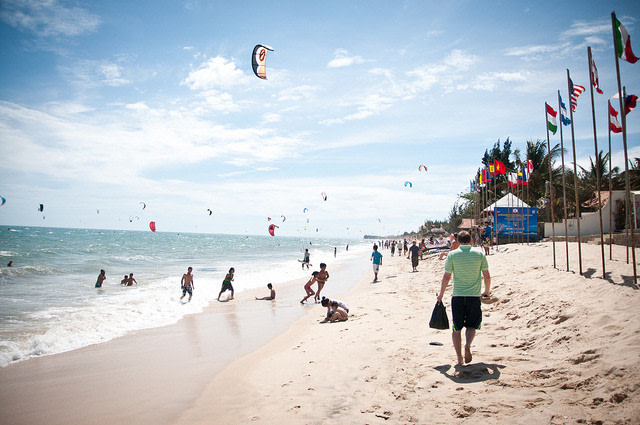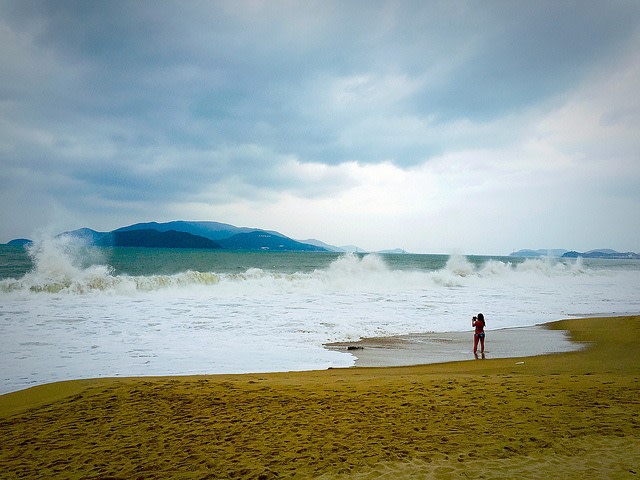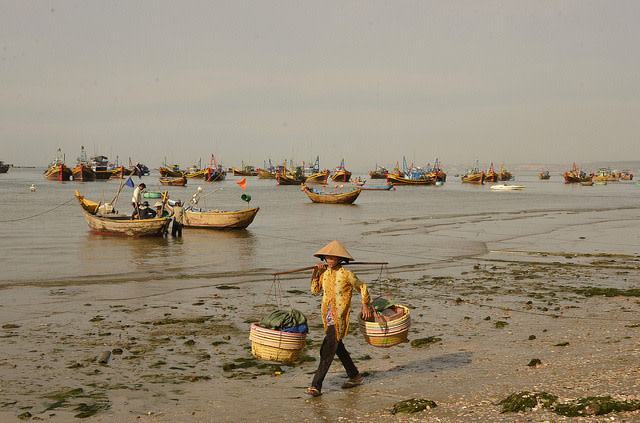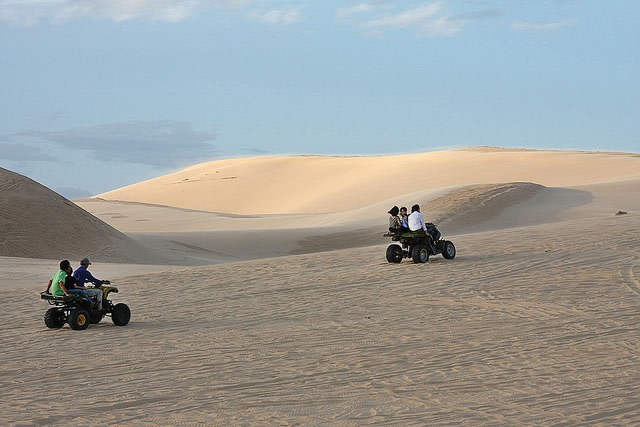| 7 mins read
By Sally Goldenberg
The Socialist Republic of Vietnam has, in the past 70 years since its independence, metamorphosed into a modern country, combining contemporary trends with centuries-old traditions as well as the later infusion of the French influence. Today this south east Asian country is making a splash on the touristic map, with visitors flocking to explore its beautiful beaches, unique gastronomic flavours, temples dating to unknown civilizations, spas with a distinct European flair as well as mind-blowing socialist posters and slogans that retain their mysterious allure with the rest of the world.
While first time visitors make a beeline for the big cities, this genteel country is best explored through the lesser-explored towns, where the pressing demands of tourism haven’t as yet affected the natural ways of its people. A trip down Vietnam’s central coastline is one such route, where a visit to town after town throws up unique experiences and a cultural immersion like nowhere else
The city of Hue, the ancient capital of the last emperors of the Nguyen Dynasty that ruled in the 19th century, is one of the important cultural, educational and religious centres of Vietnam. Among the 300 architectural and cultural monuments, mausoleums, citadels and military installations, the most interesting ones are the Tombs of the Emperors, the Thien Mu pagoda, also known as the ‘Nine Saints guns’, the renowned Museum of Emperor Bao and the mysterious Forbidden Purple City. If the weather so permits, take a boat sunset cruise down the Perfume River, followed by a dinner of fusion cuisine near the Forbidden City, to complete the authentic experience
Located in central Vietnam, Da Nang is a major economic center that combines all the features of a metropolis, as well as a luxurious high-end beach destination. During the American War, its proximity to the US military base made it the Saigon of the North, famous for its brothels and bars. Today, the city offers five star accommodations along the coast of the South China Sea, as well as numerous restaurants offering traditional dishes such as the Pho soup and fresh spring rolls, as well as also exotic delicacies such as jellyfish, crocodile meat, shark fin soup and bird’s nest. And while a wide range of nighttime entertainment including bars and casinos prevails, there are numerous cultural landmarks to visit.
Ask your Vietnam tour guide to organize a day-trip to the famous Marble Mountains, each named after the five natural elements – water, earth, wood, fire and air. Here one can witness an intricate system of eerie dark caves and grottoes, covered with stalactites, which, according to belief were placed by the Buddha himself. Apart from the natural beauty, these mountains are an important reminder of the war. Another important landmark is the Han River Bridge – an integral part of the urban landscape and recognized as the symbol of the city. Visitors and locals alike enjoy evening walks before the sunset along the river promenade, enjoying the illuminated swing bridge, as well as the Dragon Bridge – decorated in a colorful oriental style. Don’t forget to join the locals after 5pm to fly bright kites on the beach!
An hour away from Da Nang is the city of Hoi An, its old town a veritable museum under the open sky. Listed as a UNESCO World Heritage Site, the town has beautifully preserved the spirit and architecture of its ancient trading city that it used to be in the16th and 17th centuries. There are 844 buildings in the city that have a historical significance around its pedestrian area, along with numerous souvenir stores, houses of Chinese trade guilds, Cham towers, pagodas and remnants of military fortifications. The best time to explore the narrow streets of the city is during the Moon festival that is celebrated on a monthly basis. During this time the Ancient City is lit by Chinese lanterns and takes on a romantic hue; take a walk along the river, make a wish by setting a candle on the water off the Japanese bridge or enjoy the moonlight in one of the seafood restaurants located here. What’s more, cycle around the city, enjoy a yoga session among the rice fields, snooze on the beach and finish your day with a Happy Hour in one of the bars located along the river.

From a small fishing village, Mui Ne has quickly transformed into one of the main attractions and hangout resorts for kite and windsurfers. Due to its favorable climate conditions and constant wind, this place is ideal for beginners, as well as experienced surfers, with schools where one can take private or group lessons or rent out equipment, to special clubs and groups, it is truly a surfer paradise.
After learning how to conquer the waves, head out to the White Sand dunes, not far from the village to speed down the hills on ATV’s and enjoy an impressive view of the sunset. The province of Phan Thiet is also known for the mysterious Bien Lac – a lake covered with beautiful wild orchids and lotus flowers; as well as numerous factories producing the fish sauce used in most Asian countries as a condiment. Although the smell of the drying fish is quite challenging and far from pleasant, it makes for quite a unique sight. The production methods used are the same as have been in the past; corals are put in giant bamboo barrels as filters and the small fish is placed on top, after which the barrels are filled with water and salt and left to stand for up to 12 months. If you don’t want to travel to the factory outside of Phan Thiet, there is a similar albeit smaller facility right next to the Fairy Stream in Mui Ne. Given its proximity to the sea, seafood in Mui Ne is fresh and extremely affordable; ask your Vietnam tour guide for restaurant recommendations to the best places for a meal.
Whether it is to enjoy a quiet beach vacation, learn kite surfing and diving in the pristine waters off the coast of South China Sea, or visit temples and pagodas along the way, Vietnam effortlessly combines ancient customs with aspects of the modern world to come up with a unique offering of attractions, activities and landmarks to enchant its visitors. Quite appropriately, the multifaceted country’s tourism is promoted with the slogan: “Timeless charm”!


